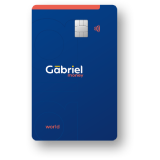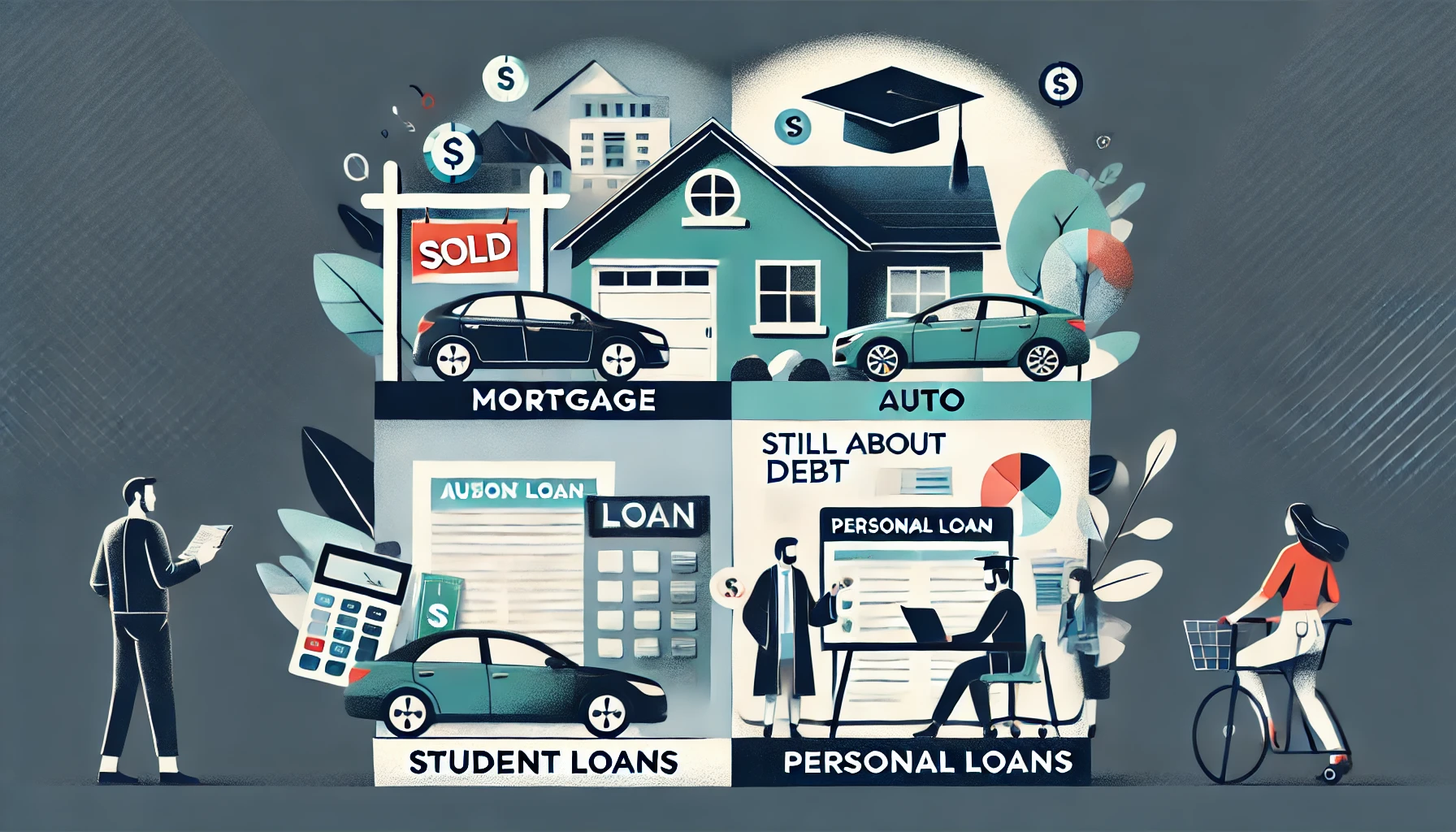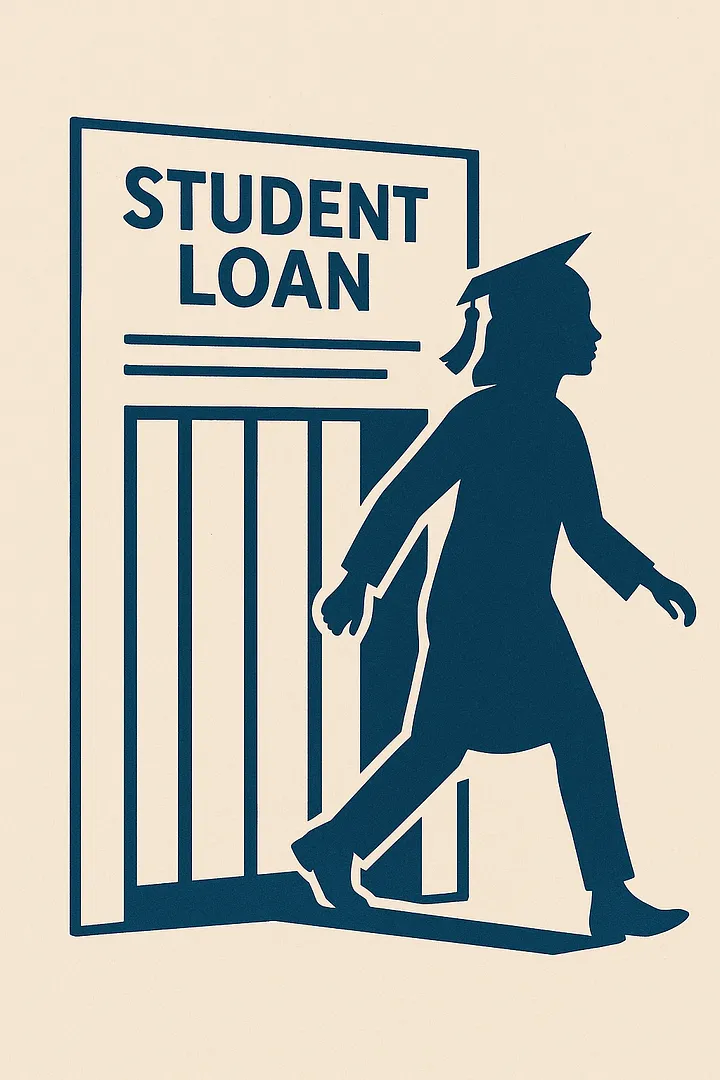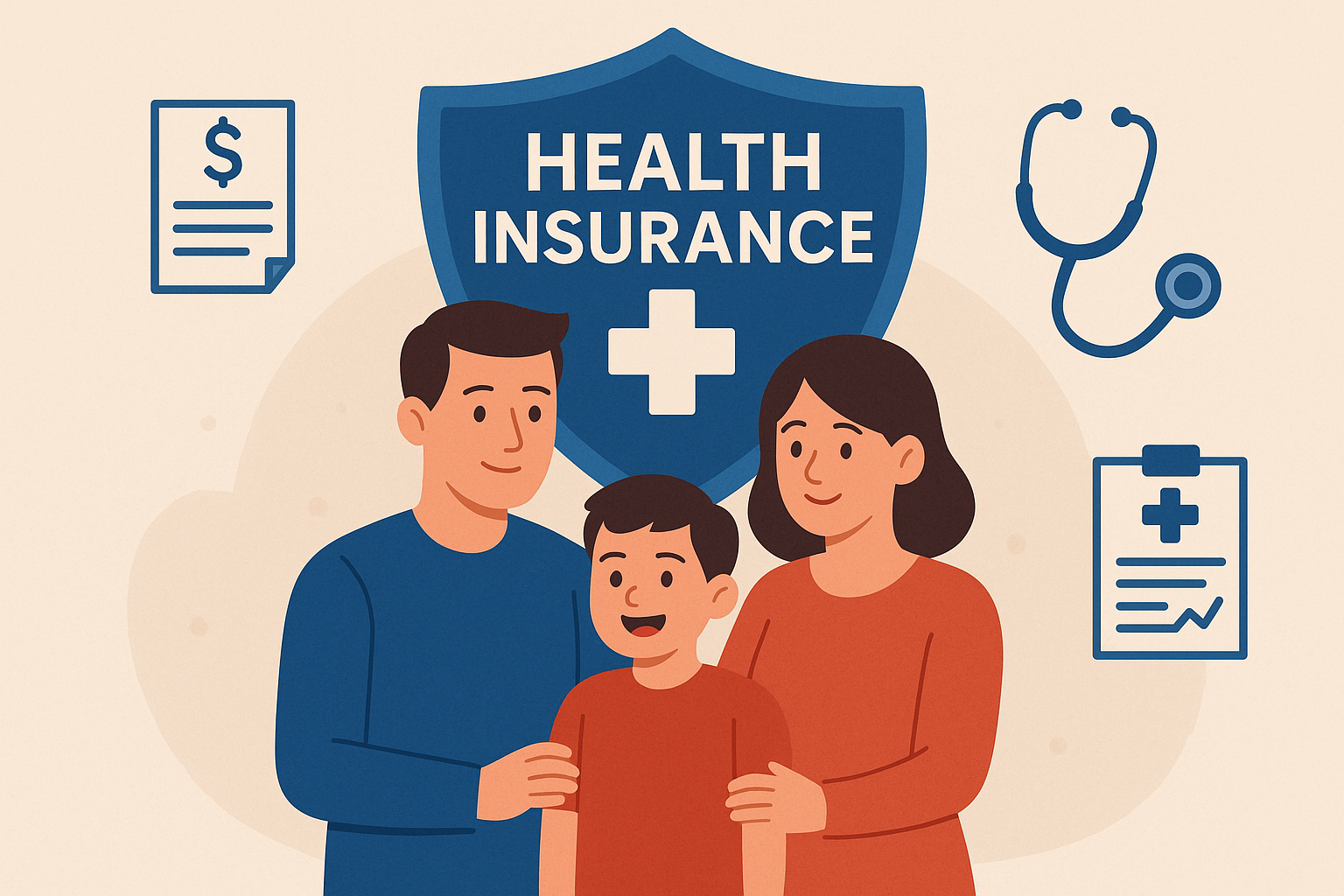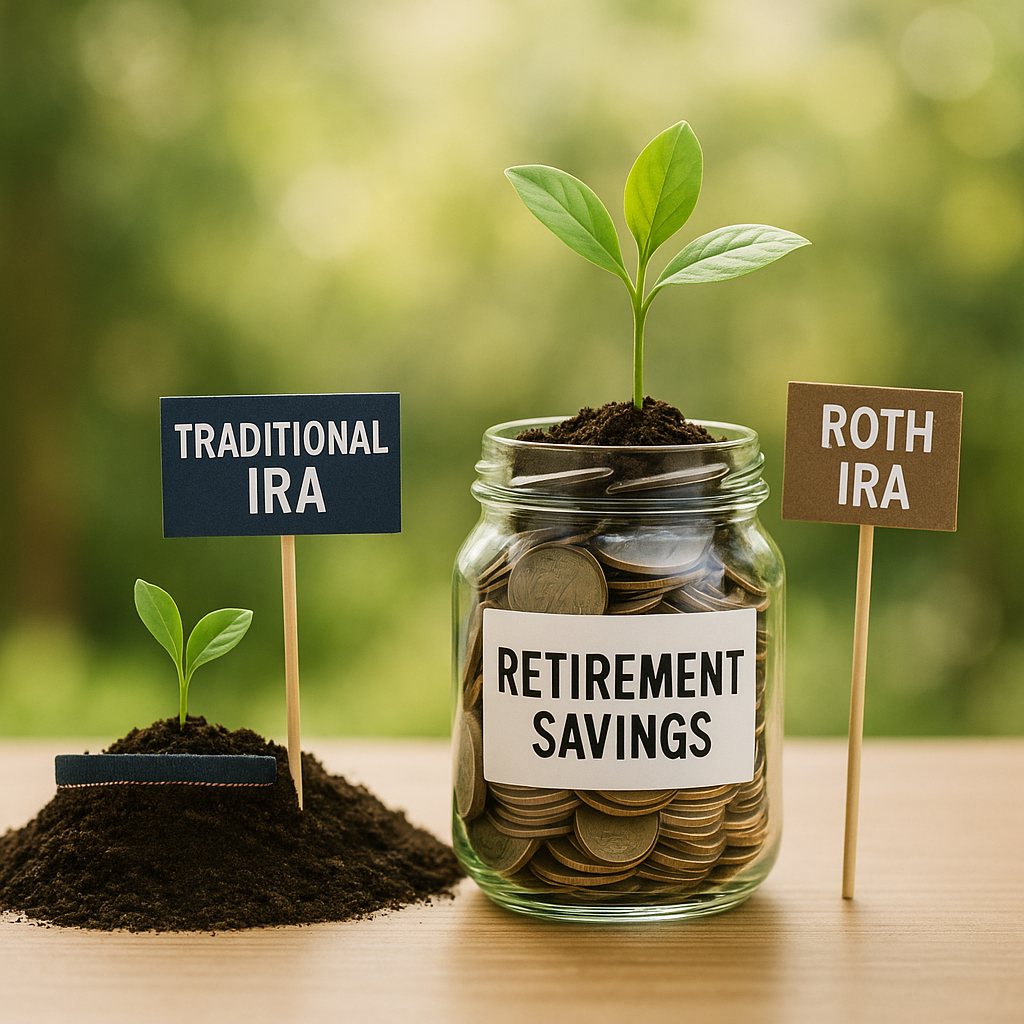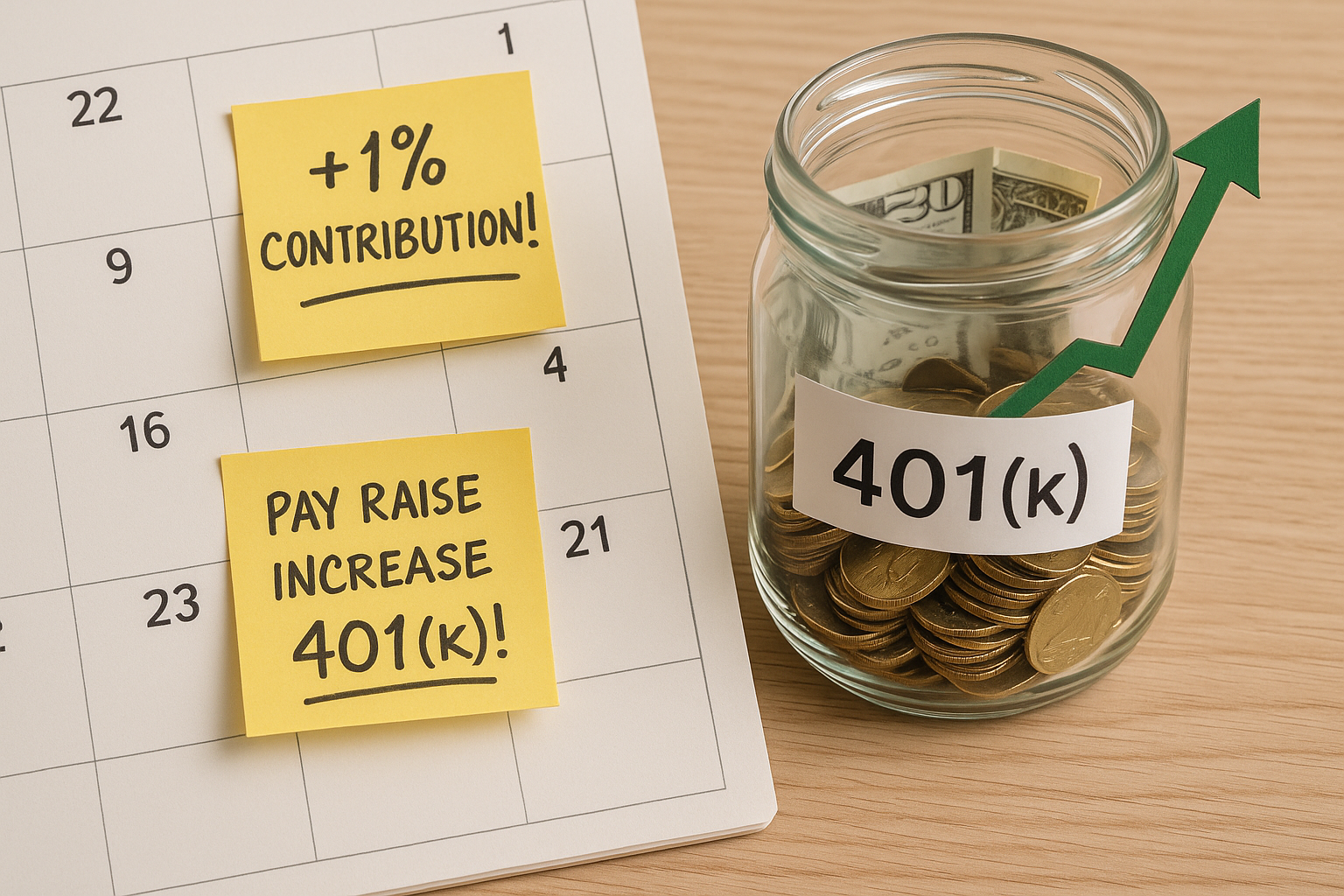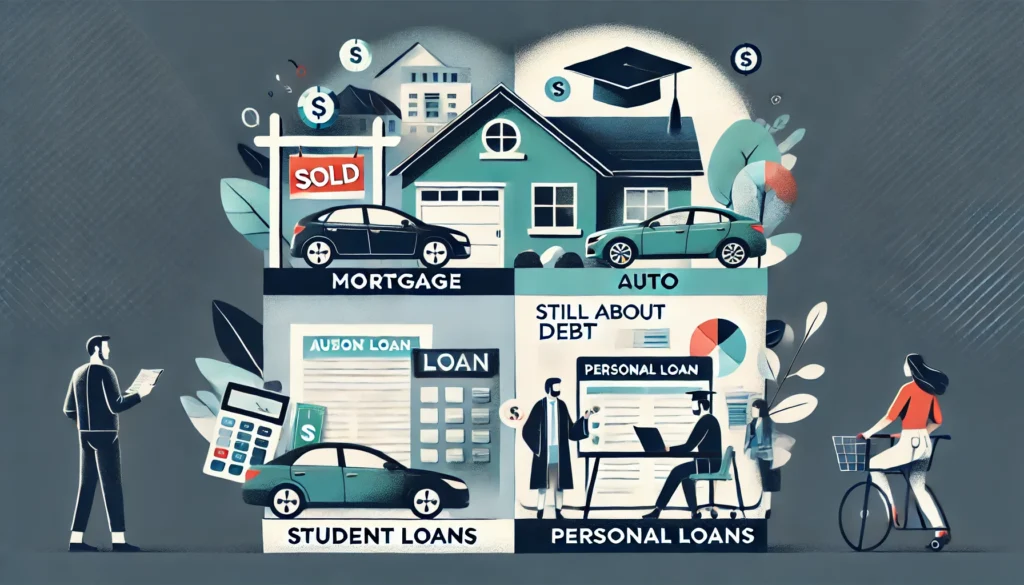
Debt is a common part of life and, when used wisely, can be a powerful tool for achieving your goals. Understanding the different types of debt can help you make informed decisions and manage your finances effectively. Let’s break down some of the most common types of debt and how they work.
1. Mortgages: Investing in Your Future Home
A mortgage is a loan used to purchase property, like a house or apartment. These loans typically come with lower interest rates compared to other types of debt and are paid off over a long period, usually 15 to 30 years. Mortgages are considered “good debt” because they help you invest in an asset that can appreciate over time.
Key Features:
- Secured by the property itself, meaning the lender can take possession if payments are not made.
- Often include fixed or adjustable interest rates.
- Require a down payment, typically 5-20% of the home’s price.
2. Auto Loans: Getting You on the Road
Auto loans are used to finance the purchase of a car. These loans are also secured, meaning the vehicle serves as collateral. While necessary for many, auto loans can lose value quickly as cars depreciate over time, making it essential to borrow responsibly.
Key Features:
- Loan terms typically range from 3 to 7 years.
- Interest rates vary based on your credit score and the car’s value.
- Paying a larger down payment can reduce your loan amount and interest paid.
3. Student Loans: Investing in Your Education
Student loans are designed to help cover the cost of higher education, including tuition, books, and living expenses. These loans can be either federal or private, with federal loans often offering more flexible repayment options and lower interest rates.
Key Features:
- Federal loans may include income-driven repayment plans.
- Private loans often depend on your credit score and may have higher interest rates.
- Interest on federal student loans is often deferred while you’re in school.
4. Personal Loans: Flexible but Risky
Personal loans are unsecured loans that can be used for a variety of purposes, from consolidating credit card debt to funding a major purchase. Because they’re unsecured, personal loans often come with higher interest rates compared to secured loans like mortgages or auto loans.
Key Features:
- No collateral required.
- Fixed repayment terms, usually between 1 to 7 years.
Choosing the Right Type of Debt
When considering any type of debt, ask yourself these questions:
- Is this debt helping me achieve a long-term goal?
- Can I comfortably afford the monthly payments?
- Are there better alternatives to borrowing?
Understanding these common types of debt can empower you to make smarter financial choices and manage your obligations with confidence. Remember, not all debt is bad—it’s how you use it that matters.
Stay tuned for our next articles to help you with your financial building! 🚀
